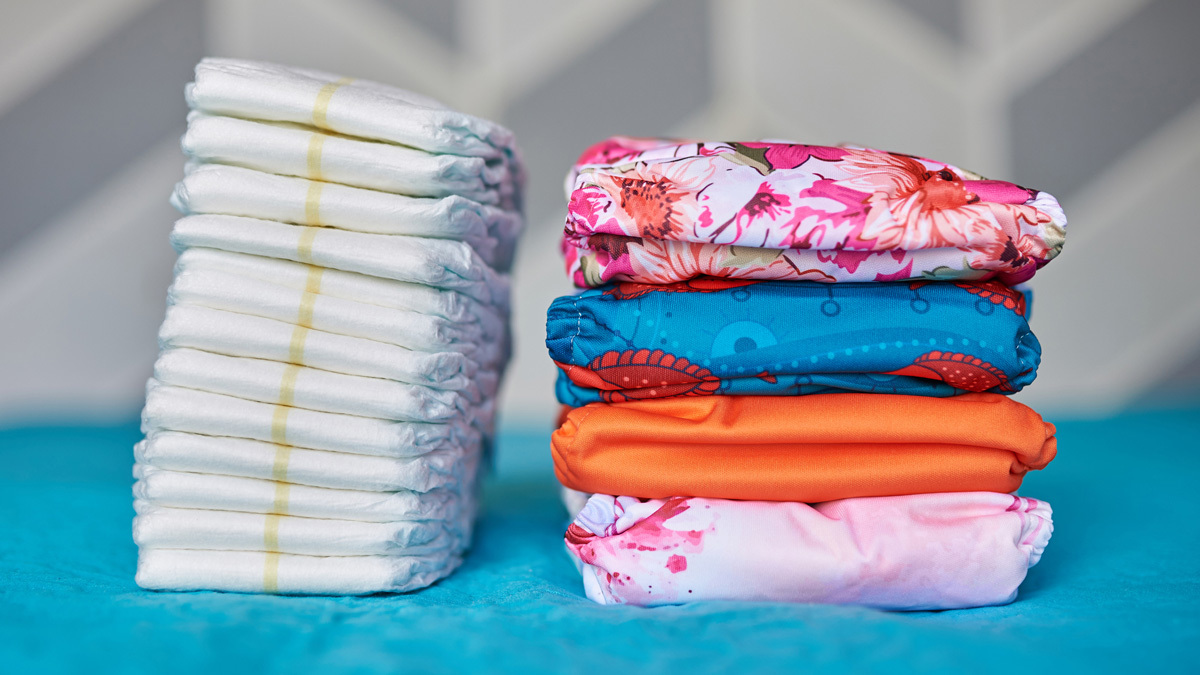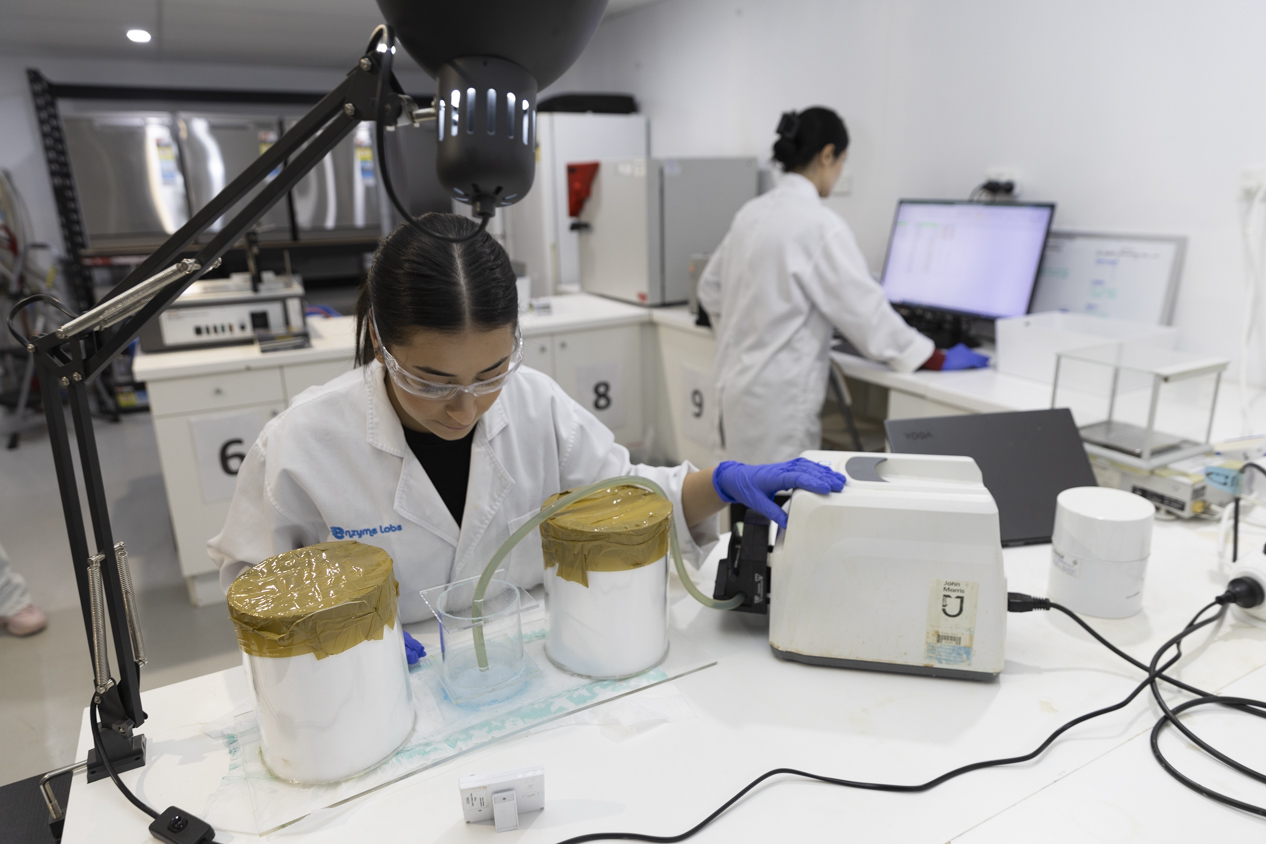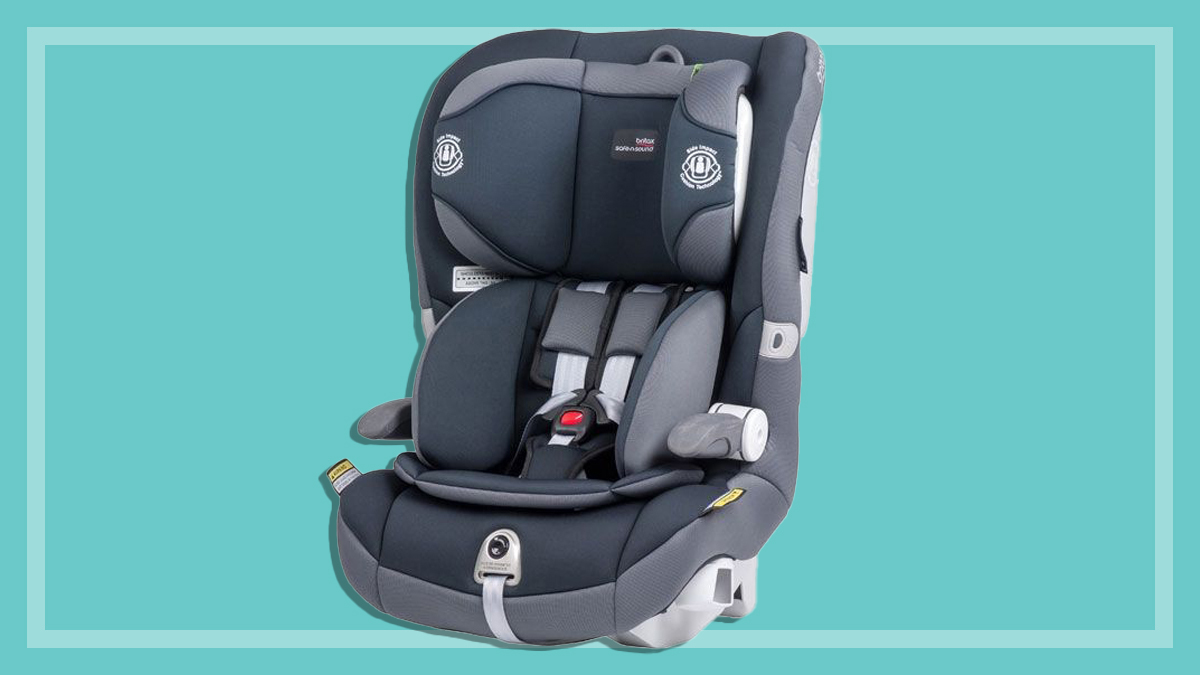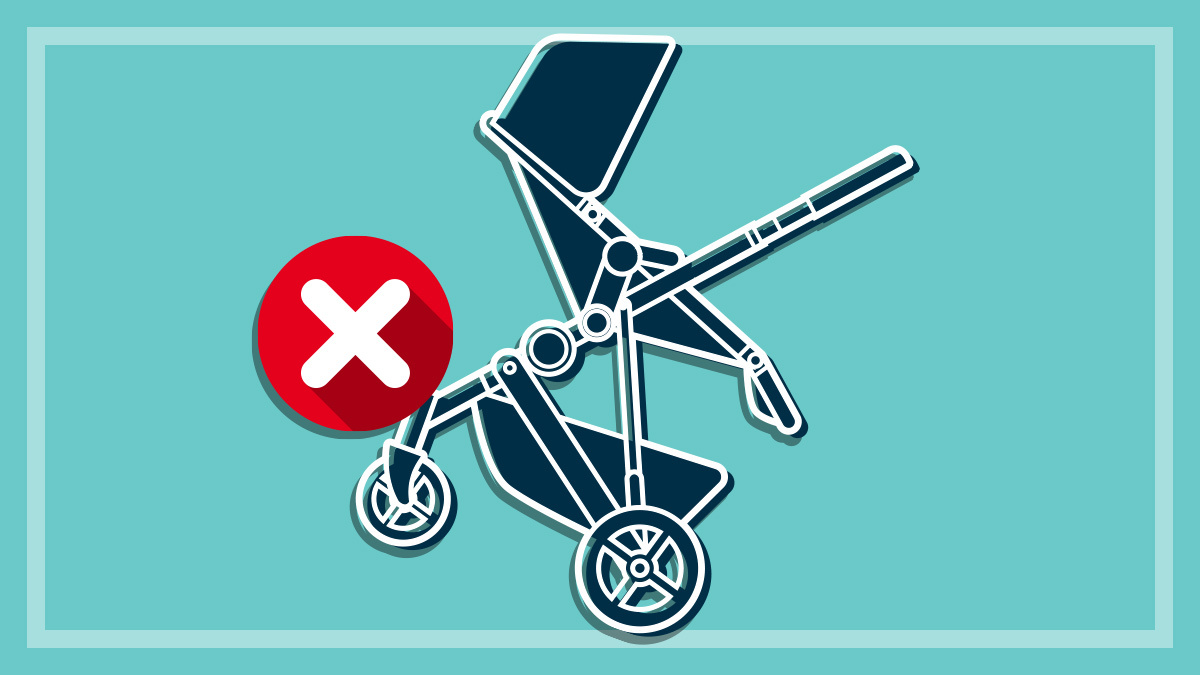Get our independent lab tests, expert reviews and honest advice.
How we test nappies

Our starting point for testing nappies is simply this: what do parents want from a nappy for their child? To find out, our specialist CHOICE Consumer Insights research team designed a survey that went out to 500 parents of children aged under two.
On this page:
Here’s what you told us is very important in a nappy:
- 75% of you are looking for a nappy that doesn’t leak
- 72% find it very important that a nappy is absorbent.
This has helped shape our nappy testing and means we can deliver useful results that help you buy better.
Our expert testers
For this test, we bought brands within the newborn, infant, crawler, toddler, walker and junior sized nappies and sent them to an external laboratory for testing. With the rise in popularity of reusable nappies and with more options available, we also selected a range of reusable nappies to test.
In-house, we worked out the value for money of each product by determining the cost per nappy (based on the largest pack size available) and we also looked at any labelling claims on the pack, such as whether the nappies are latex free or suitable for sensitive skin.
How we choose what we test
As with most of our product testing, our aim is to test the most popular models on the market and what you’re most likely to see in retailers. In the case of nappies, our buyers purchased all of the products they could find on supermarket shelves in the newborn, infant, crawler, toddler, walker and junior categories. For reusable nappies, we chose a selection of products available from major retailers.
How we test disposable and reusable nappies
The CHOICE Expert Rating is our overall score that determines which products we recommend. For disposable nappies this is made up of:
- absorption (40%)
- leakage (30%)
- rewet (20%)
- velcro strength (10%).
For reusable nappies, the CHOICE Expert Rating consists of:
- absorption (50%)
- leakage (30%)
- rewet (20%)
Absorption test for disposable nappies
Using synthetic urine, gushes of the liquid are dosed into the centre of the nappy using a pump.
- For newborn nappies each gush is 30mL
- For infant nappies each gush is 40mL
- For crawler nappies each gush is 50mL
- For toddler nappies each gush is 55mL
- For walker nappies each gush is 60mL
- For junior nappies each gush is 65mL
This simulates a child wearing the nappy overnight. We measure the amount of time it takes for the liquid to disappear, and this is repeated four times with a five-minute gap between each gush. The total time taken for all four gushes to be absorbed is the absorption speed.
Absorption test for reusable nappies
For reusable nappies we use an immersion method to assess absorbency. To do this, we weigh the insert of the reusable nappy (also called the absorber) before immersing it in a pool of synthetic urine for two minutes. The excess liquid is gently squeezed out and hung for 10 minutes to remove any liquid not absorbed. The final weight is measured and the difference between the two weight measurements is the amount of liquid that has been absorbed.
To prepare the reusable nappies for testing, we soak the absorbers overnight in plain water before washing them three times with a mild detergent. We do this because most manufacturers give instructions for washing before first use, claiming that performance improves after a few washes.

Leakage test
This is a visual assessment. We check if any leaks come out the side of the nappy.
Rewet test
Five minutes after the last gush from the absorption test, six pre-weighed dry filter papers are placed on the wet nappy and held down for 30 seconds. The filter paper is then removed and weighed. Ideally, the filter paper should remain relatively dry.
Velcro strength test
We attach one side of the velcro to the nappy, then we place a pin through the tip of the velcro with an empty container hanging off the pin. The container is slowly filled with water at a constant rate until the velcro breaks free. The total weight required to make the velcro break free is converted to force in Newtons. We test both the left and right side and then create an average across both sides, then we repeat the test five times and our final velcro strength score is calculated.
This test is not carried out on reusable nappies.






